Modern automobiles are equipped with sensors and computers that facilitate the smooth operation of various systems. Communication among those different computers or modules is important to keep the entire vehicle running at its optimum level. If one or more of these modules gets cut off from exchanging information with other modules, the operability of this network of modules or the entire vehicle itself may be severely affected.
The network code U0101 indicates that communication with the transmission control module (TCM) has been lost. This code is only listed on some vehicles, so your vehicle may not ever set this code at all. But what does this code mean and what are the possible causes? This short guide will provide some understanding on U0101.
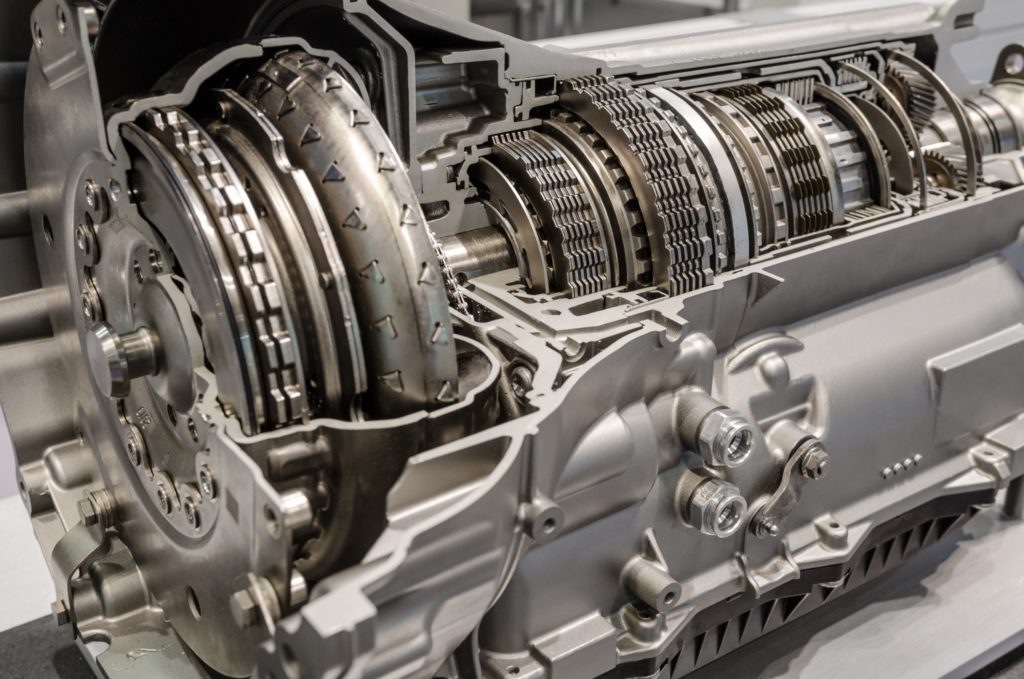
What Does the U0101 Code Mean?
Diagnostic Trouble Code (DTC) U0101 stands for Lost Communication with TCM. This code is basically the same as a U0100 some vehicles store for the same reason. This code appears when the TCM is not receiving nor transmitting messages on the Controller Area Network (CAN) bus.
While some manufacturers may use pages of information to explain this code and its criteria, Ford has a very simple description of the U0101 that reads as follows:
- Description: The powertrain control module (PCM) continuously monitors the controller area network (CAN) for messages from the TCM. This DTC sets when the PCM does not receive the TCM message within the defined amount of time.
- Possible Causes: Damaged CAN communication bus circuit.
Note: As mentioned earlier, the U0101 code is a trouble code that only applies to some vehicle makes and models. Diagnosis and troubleshooting always varies depending on the manufacturer, the type of communication system used, the number of wires, and the wire colors in the communication system.

For a technical discussion about the TCM and CAN bus, read the next section.
If you want to know the possible causes of code U0101, click here.
A Closer Look at the TCM and CAN Bus
The TCM (Transmission Control Module) is the computer that’s responsible for controlling your vehicle’s transmission. This module typically receives some of its input from dedicated sensors within the transmission, but some of the information necessary for proper transmission function must be sent to the TCM by the Engine Control Module (ECM) over the CAN bus.
(The transmission control) module typically receives some of its input from dedicated sensors within the transmission, but some of the information necessary for proper transmission function must be sent to the TCM by the Engine Control Module (ECM) over the CAN bus.
–Richard McCuistian, ASE Certified Master Automobile Technician
Aside from the TCM, there are other computers or modules in your vehicle as well. These modules communicate with each other over a data network. In many instances, the modules use a protocol called controller area network (CAN) to communicate, so the network is called the CAN bus. The CAN is a two-wire bus – two separate circuits called CAN high and CAN low lines.
At each end of the CAN bus, there are terminating resistors; they’re called terminating resistors because they terminate communication signals, giving the bus a looped design. The CAN bus enables the control modules (the ECM and TCM in this case) to exchange information and also provides the scan tool the capacity to communicate with the TCM and ECM. There are high speed busses and low speed busses that carry information between all the modules on modern vehicles and these busses typically communicate and share information through a single module that translates the different protocols between the different busses.
There are even high speed and low speed CAN busses configured in different ways on different vehicles – most good service manual information will have a “network map,” that shows which modules are connected to which bus, so if several modules are down and they’re all on one bus, that information is used by the technician to determine if the problem is module or bus-related.
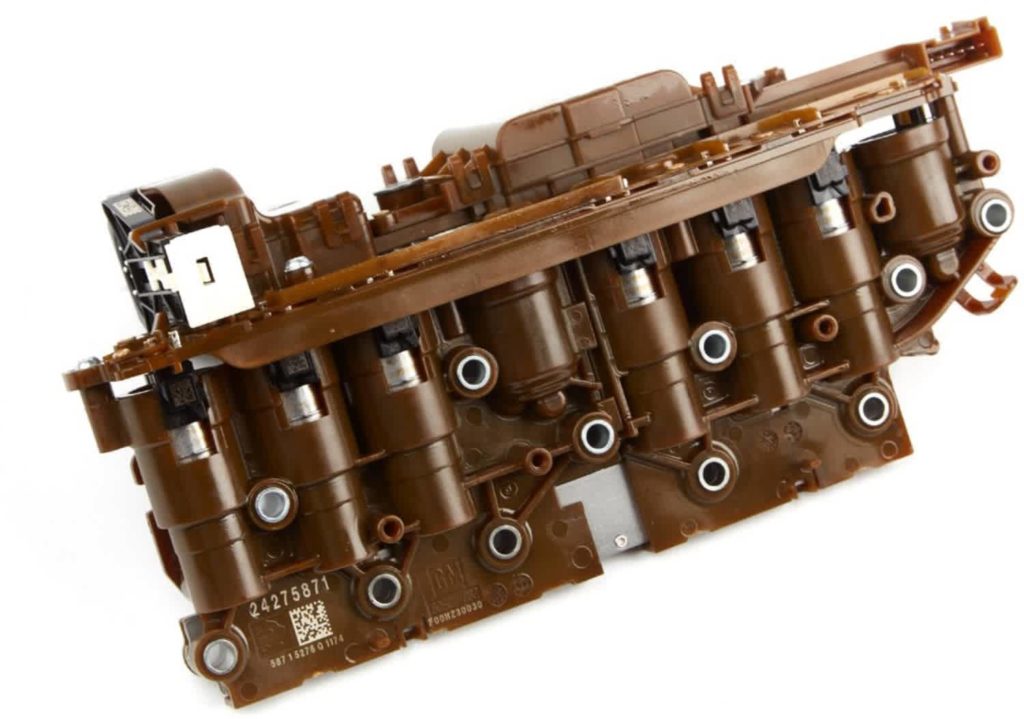
What are the Possible Causes of the U0101 Code?
Most OBD-II codes have various possible causes, and the U0101 is no exception. To properly address this trouble code, you’ll need to find out the specific origin of the problem. Below is a list of some of the possible reasons why the U0101 code registers in your vehicle:
- Dead battery
- Faulty TCM
- Problems with the TCM circuit
- Problems with the data bus
What are the Common Symptoms of the U0101 Code?
Since the U0101 DTC deals with the transmission control module, most of the symptoms listed below are related to the vehicle’s transmission performance. If you experience a combination of the signs below, you might be dealing with the U0101 trouble code:
- Illuminated check engine (MIL) light
- Transmission performance issues
- The vehicle stays in one gear (usually 2nd or 3rd) or in limp mode
- Problems with instrument cluster PRNDL display
- Diagnostic scan tool won’t communicate with the TCM
If the U0101 code is caused by an intermittent short circuit on the CAN bus or in the TCM itself, you may have the code without noticeable symptoms other than possibly a MIL light.
How to Diagnose the U0101 Code
Determining the exact cause of the U0101 code can be quite a challenge as it has a number of possible causes. If you’re confident enough in your DIY repair skills, resources like repair guides and such may be helpful. However, if you’re unsure about diagnosing and fixing trouble codes such as the U0101, it’s best to leave this task to your trusted mechanic.
Below is a helpful video resource on how you can better understand the U0101 code:
How to Fix the U0101 Code
Fixing the U0101 code could get a little tricky since there’s no single fix that resolves the code. Most people just leave the fixing to their mechanics. You can try to do the fix yourself, but you’ll need help from online guides or repair manuals.
Remember that repair steps and procedures may vary for vehicles from different carmakers. What works for one car may not work for a different model.
Other Notes About U0101
Most of the time, the U0101 is a trouble code that needs to be diagnosed and addressed by a professional mechanic.
It is also recommended that you check technical service bulletins (TSBs) about this problem code to see if your vehicle is affected and how the matter should be addressed. The technical service bulletin number 08-07-30-021G released in March 2012 details repair instructions for a combination of communication and network DTCs including the U0101 code. The models listed in this TSB include the 2009-2012 Cadillac Escalade models and the 2007-2012 GMC Sierra and Yukon models among others.
Products Mentioned in this Guide
Any information provided on this Website is for informational purposes only and is not intended to replace consultation with a professional mechanic. The accuracy and timeliness of the information may change from the time of publication.



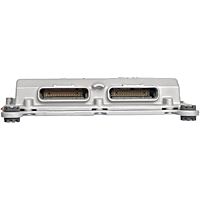 Transmission Control Module
Transmission Control Module
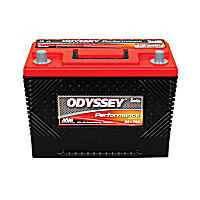 Battery
Battery
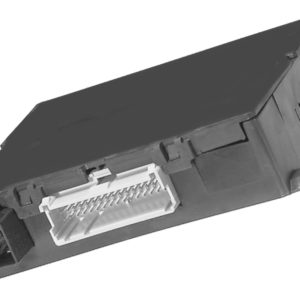
















I got a 03 Chevy Malibu. I bought the inner fender liner from car parts. I cant figure out how to get it to fit in the wheel well. The original is basically gone from the previous owner hitting something. I looked at the other side to get a reference & something just don’t seem right. Thanks in advance
Hi Robert,
Please call customer service with your order number so that we can ensure you got the right part 1-866-529-0412
Hi many is roodly I have an Chevy Cruze 2012 I change only the steering look my no crank I need your help
Hi Roodly,
Did you replace just the ignition lock cylinder (the tumbler portion) and nothing else?
Have a 2007 escalade with a transmission stuck in 1st gear. What could be the problem?
Hi Michael,
Do you know if there are any diagnostic trouble codes (DTCs) set?
Hey Guys I have a Toyota BB 2010 and the error code P0171 and U0101 are showing on scan. what can i do to fix it?
Hello,
These are likely two separate problems. Code P0171 indicates a lean condition that could be caused by anything from a vacuum leak to a weak fuel pump. Code U0101 indicates a communication problem that could be caused by anything from a bad module to a data network problem. We recommend getting a professional, in-person diagnosis for a definitive answer.